Famous CEOs’ eureka moments
The turning point for success
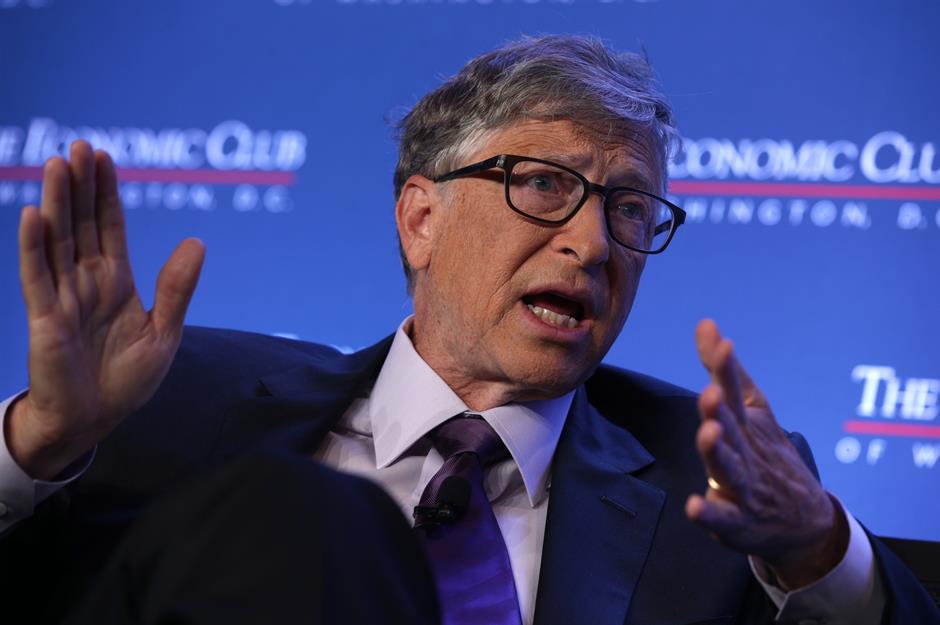
Caresse Crosby
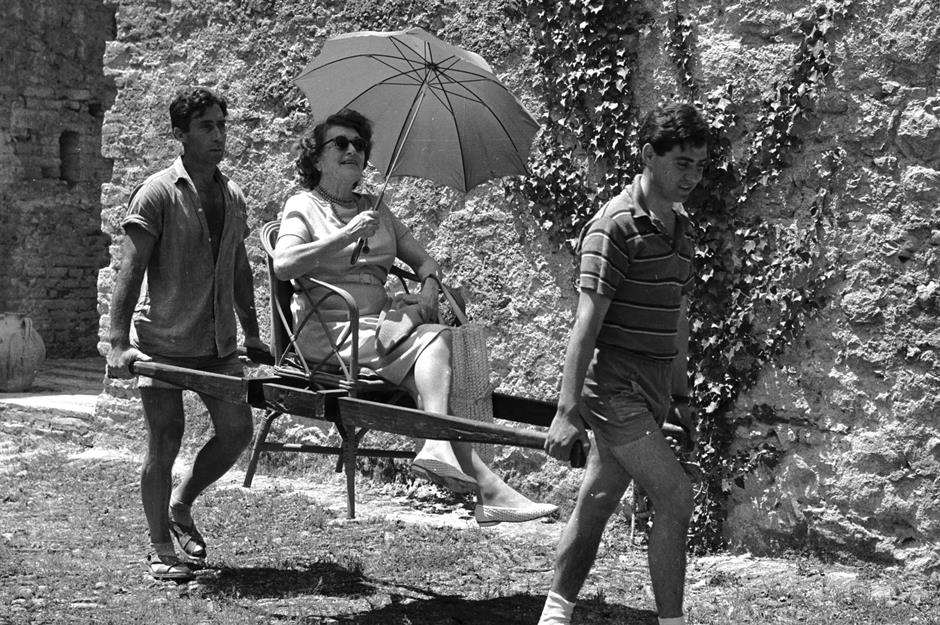
Dietrich Mateschitz
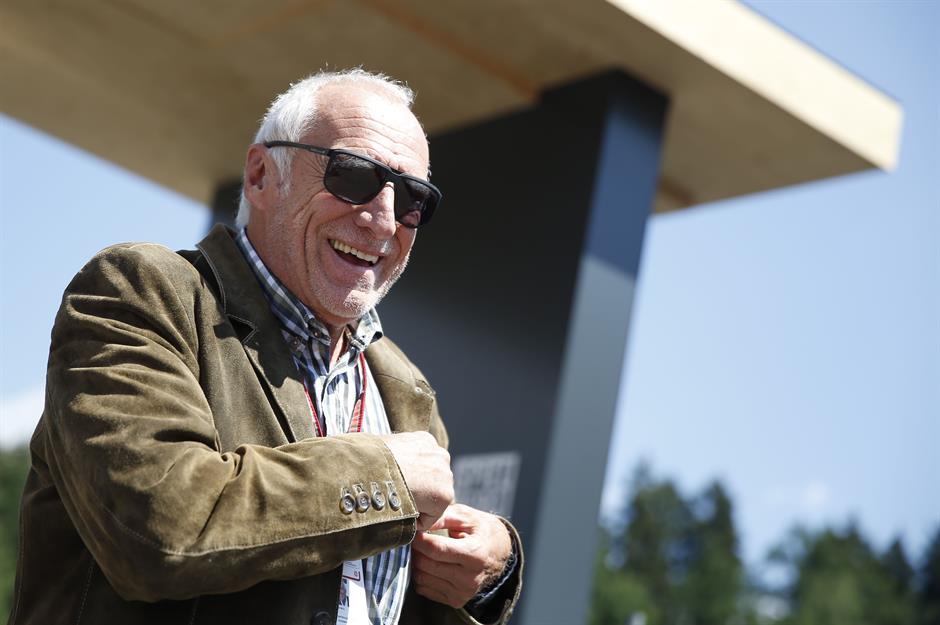
Austrian businessman Dietrich Mateschitz discovered the energy drink Krating Daeng – which was invented for working-class labourers by Thai entrepreneur Chaleo Yoovidhya – while on holiday in Thailand back in the 80s. Mateschitz became a fan of the product as a hangover cure and partnered with Yoovidhya to create Red Bull to market to a global audience. Established in 1987, Red Bull sold 6.8 billion cans of the energy drink last year alone.
Dennis "Chip" Wilson

Ingvar Kamprad
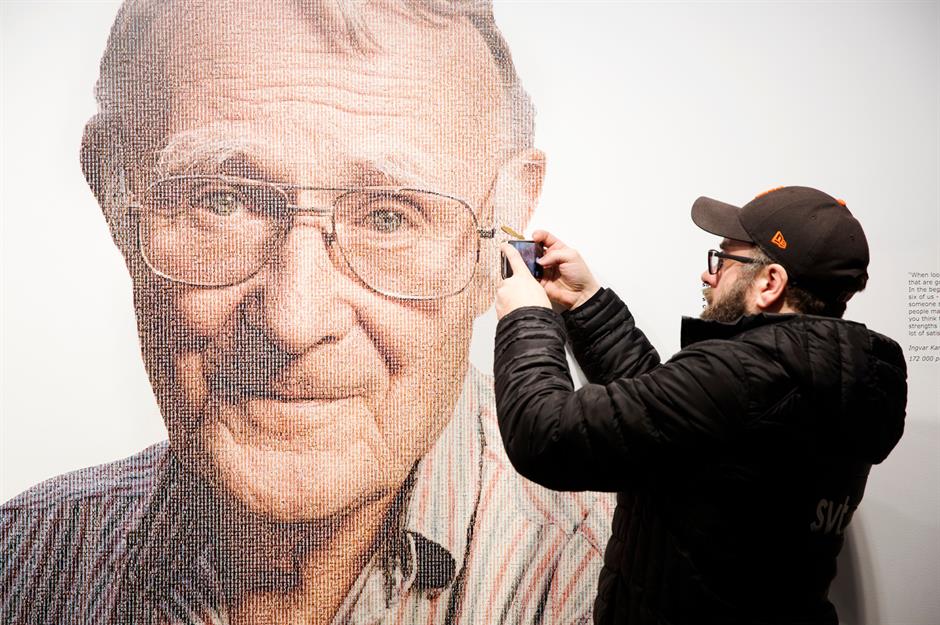
Born in 1926, Sweden's Ingvar Kamprad started selling matches at the age of just five before setting up IKEA – an acronym made up of his own initials and "Elmtaryd" and "Agunnaryd", where he grew up – when he was 17. IKEA successfully sold a range of items but Kamprad hit the big time in 1956, when he watched an employee remove the legs from a customer's table to fit it into their car. The idea of flat-pack furniture was born and the company has been known for it ever since.
Read the full story of Ingvar Kamprad became a billionaire here
Sara Blakely
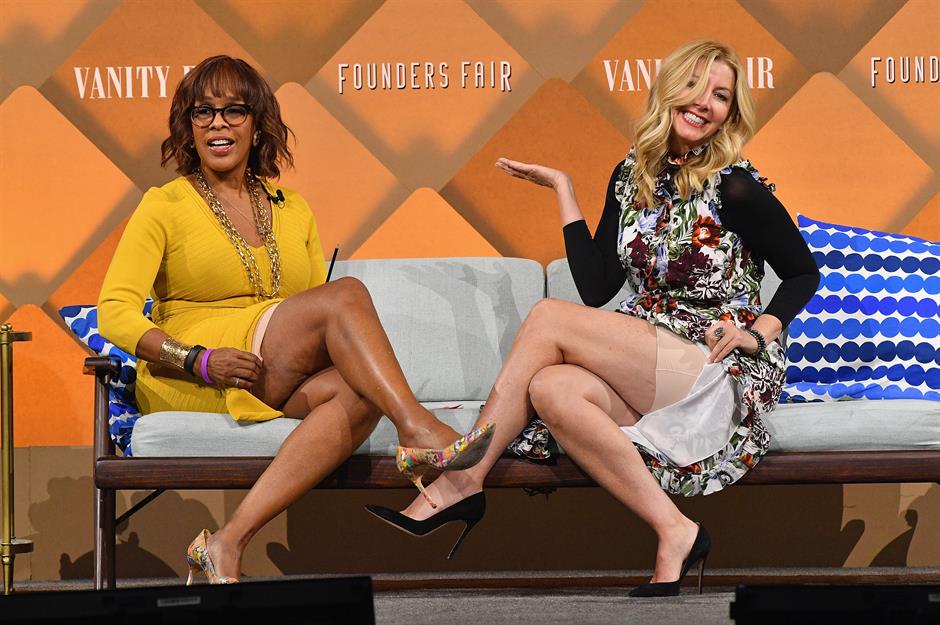
Sara Blakely, pictured right, was selling fax machines when she had the idea that prompted her to found shaping underwear firm Spanx. Having bought an expensive pair of white trousers, she wanted a seamless look so took a pair of tights and chopped the feet off to wear underneath. Realising that the improvised undergarment flattered and smoothed her shape, Blakely took the $5,000 (£4,650) she had in savings to create a patent and founded Spanx, now a leading underwear brand.
Tony Hawk
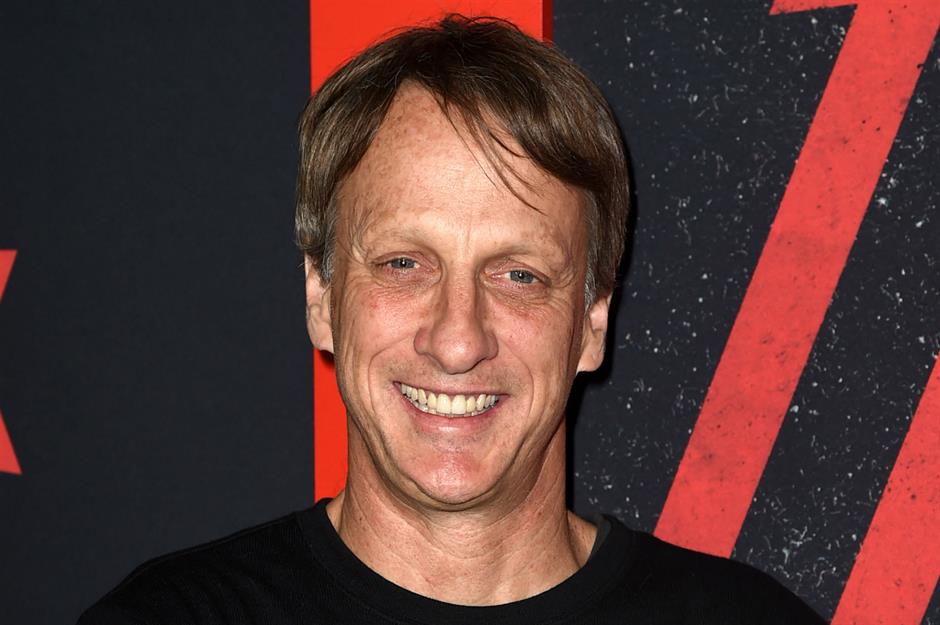
Antje Danielson and Robin Chase
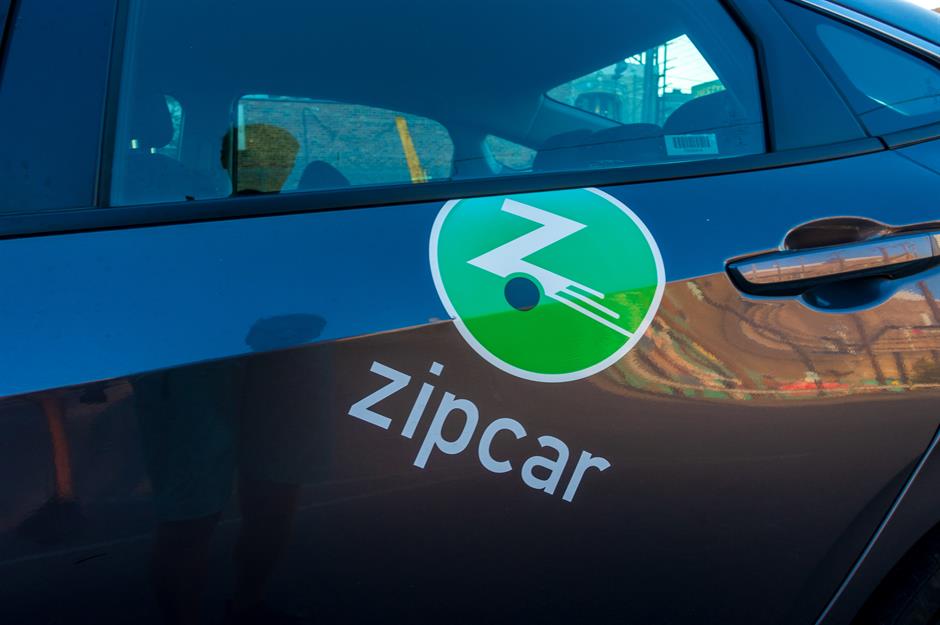
Flexible car-sharing service Zipcar sprung up thanks to a conversation between two stay-at-home mothers in a school playground. Antje Danielson, a Harvard geochemist, was mulling branching out of academia, while Robin Chase wanted to use her business degree. In 1999, Danielson told Chase about her car-sharing idea and they decided to pursue the idea. Both now have little to do with the business, but Zipcar has gone on to have a million members with access to more than 12,000 vehicles in nine countries.
Jan Koum
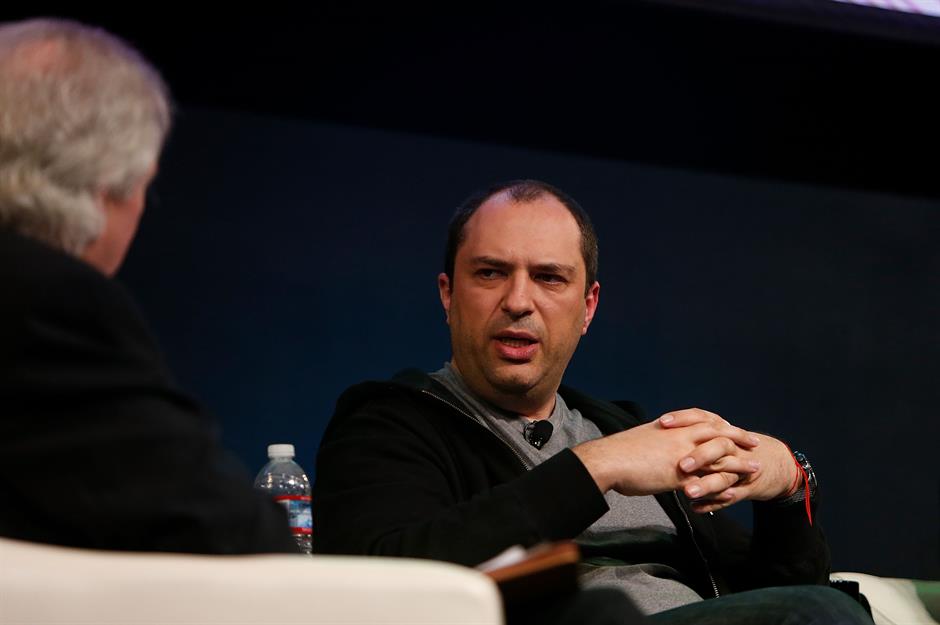
WhatsApp co-founder Jan Koum was born in Ukraine before moving to the US as a teenager. He went on to work as a computer programmer at Yahoo! with Brian Acton, but the pair left in 2007 and spent the following year travelling. Both were also turned down for jobs by Facebook. But it was in 2009 when Koum bought an iPhone and realised the App Store was about to spawn an entire industry that was the turning point. The pair went on to develop WhatsApp which they sold for $19 billion (£16bn) to none other than Facebook in 2014.
Jack Ma
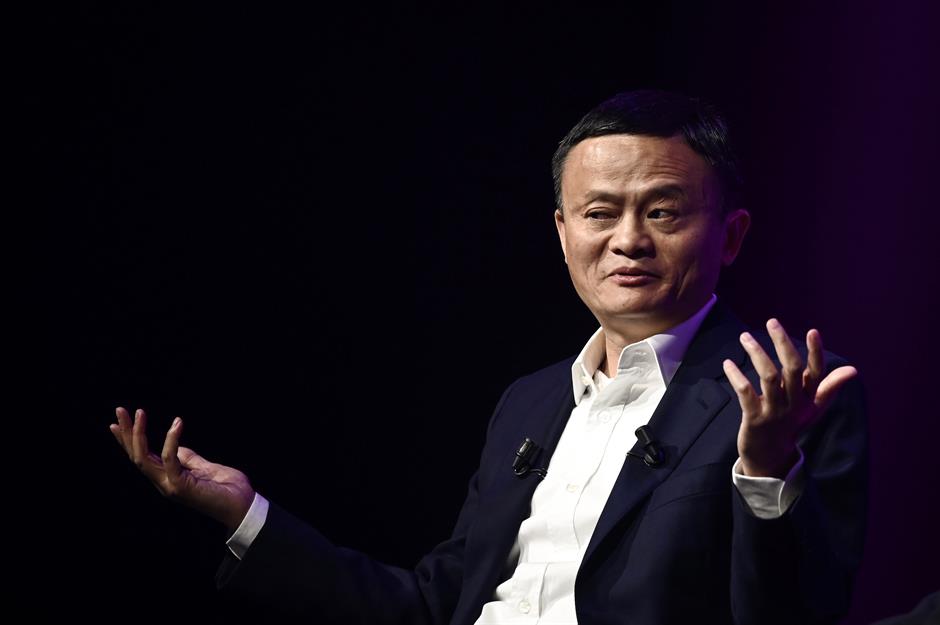
Brian Chesky
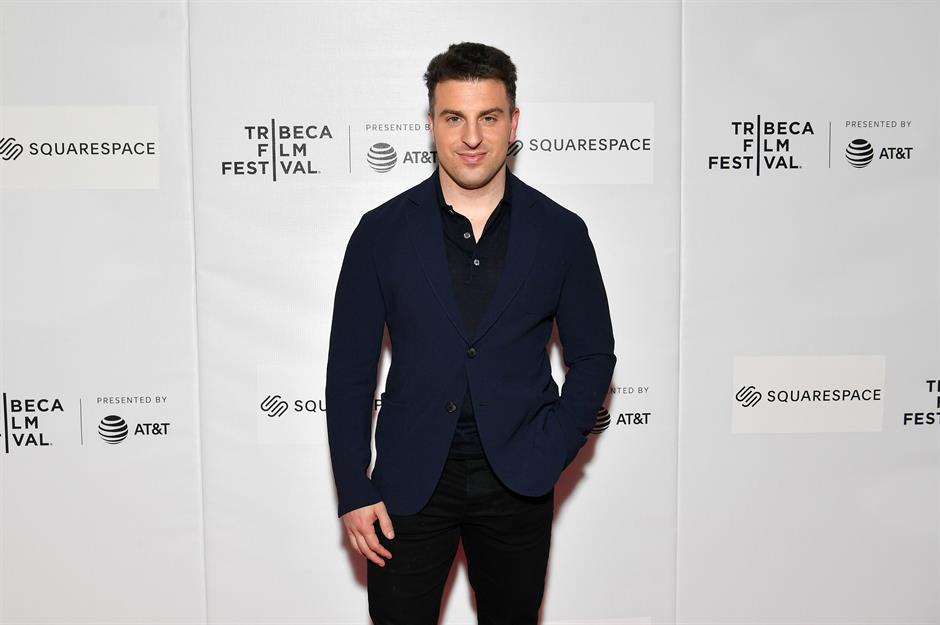
Airbnb CEO Brian Chesky came up with the idea for the accommodation-sharing website with his roommate Joe Gebbia when they struggled to pay rent on their San Francisco flat. The pair put out air mattresses on their living room floor and started to rent out the beds to conference delegates. They then teamed up with another friend, Nathan Blecharczyk, to formally found Airbnb in 2008. The site now has 150 million users across the globe.
How Airbnb went from one bedroom to a billion-dollar company
Momofuku Ando
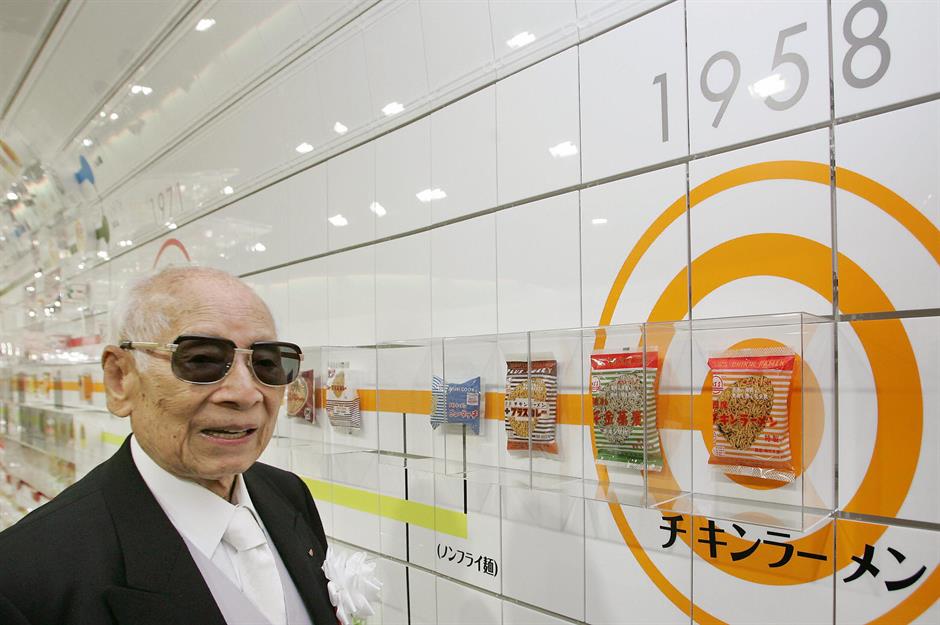
The name Momofuku Ando may not be widely known outside Japan but he is credited for helping transform the global instant food industry. The entrepreneur was inspired to make pre-cooked instant noodles after seeing ordinary people queue for a hot bowl of the Japanese staple in post-war Osaka. He went on to found Nissin Food Products, famous for the Cup Noodle. He died 2007 aged 96 – two years after seeing his instant noodles sent into orbit on US space shuttle Discovery.
Arianna Huffington
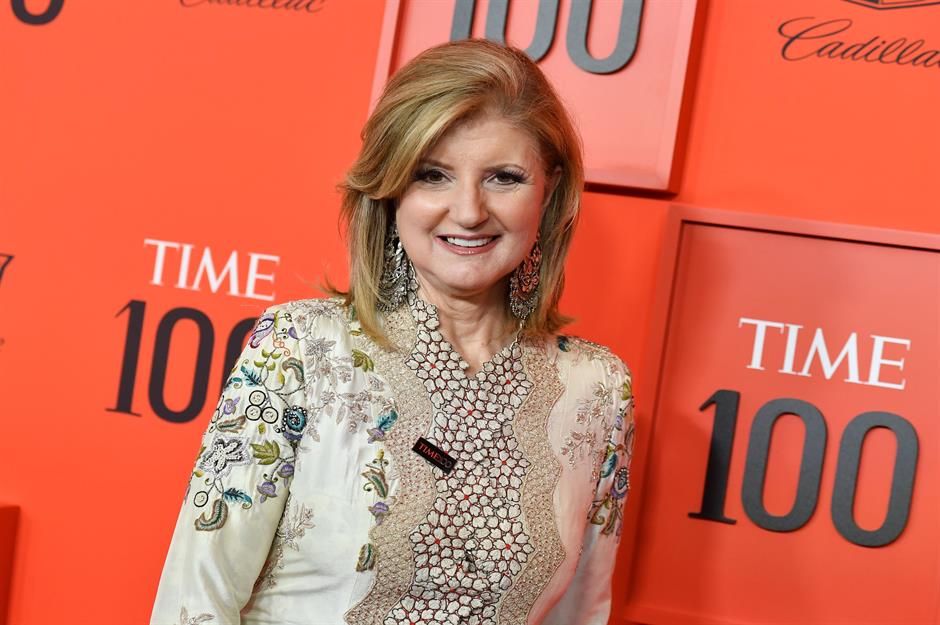
John S Pemberton
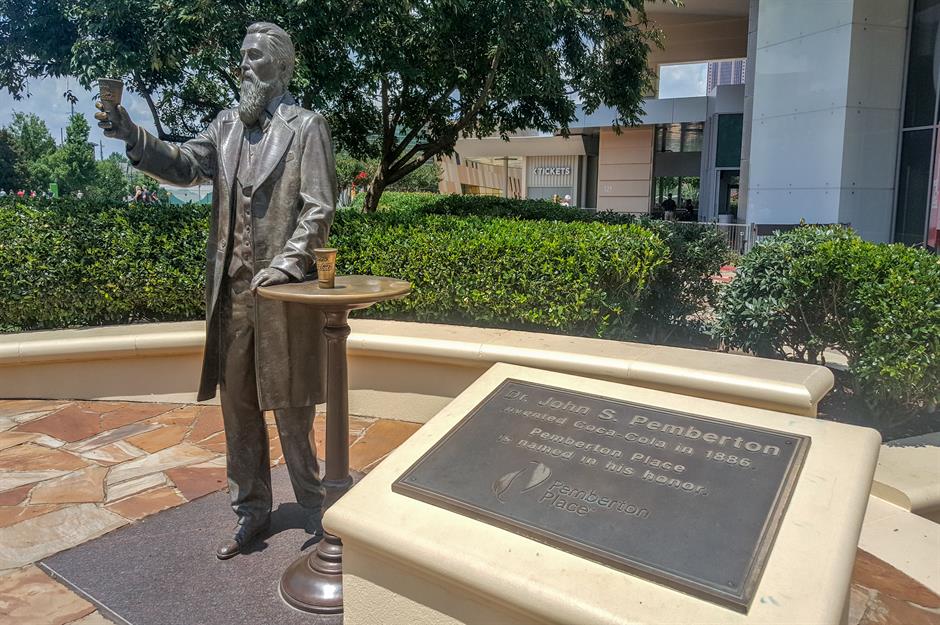
Blake Mycoskie
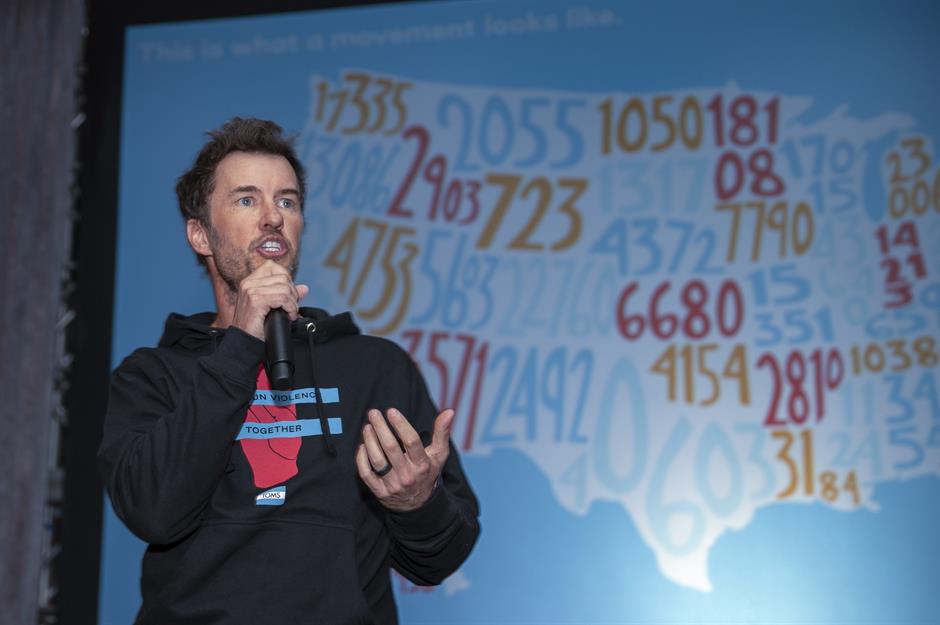
John Mackey
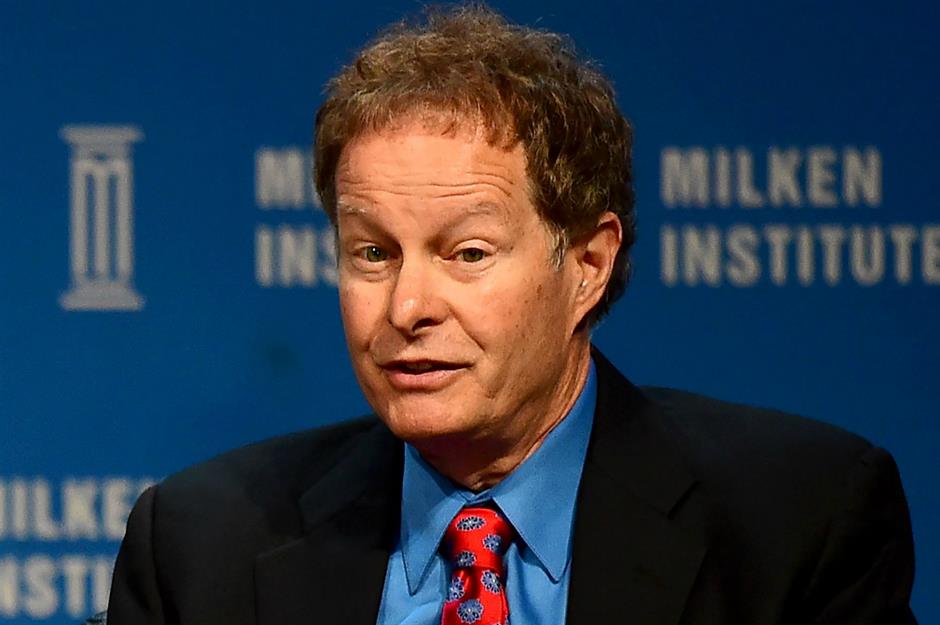
World Foods founder John Mackey became inspired by the power of organic eating after dropping out of college and becoming a buyer for a vegetarian co-operative. He and his then girlfriend Renee Lawson Hardy decided to open their own natural grocery store in the ground floor of a house in Austin, Texas. The pair then teamed up with fellow store owners Craig Weller and Mark Skiles, began selling meat, beer and wine to expand their clientele, and Whole Foods Market became a resounding success.
Read more about Amazon, the company that bought Whole Foods in 2017, and its future plans here
Robin Li
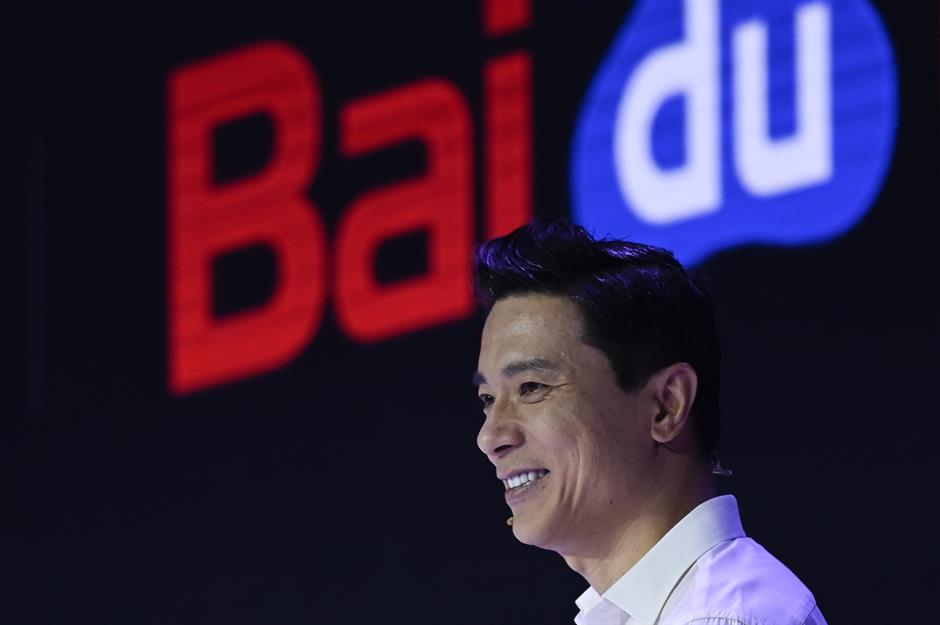
Richard Branson
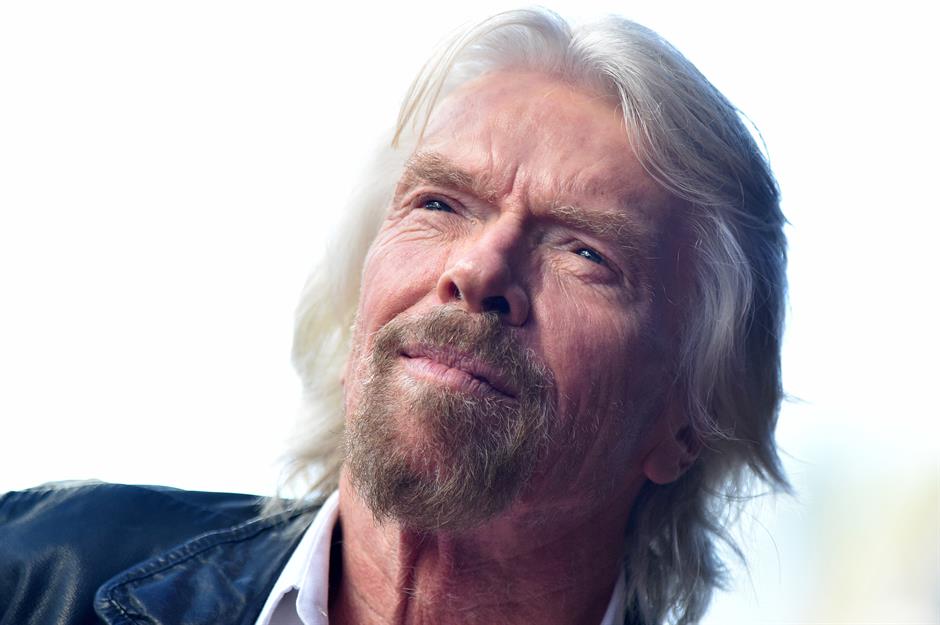
Richard Branson was a high school dropout but went on to head up one of the world's most successful brands, Virgin Group. Branson started his first business as a teenager, went on to own a record shop, found a hugely-successful record label and the rest, as they say, is history. The brand's companies now comprise everything from healthcare to space tourism but Branson says his eureka moment was the release of Mike Oldfield's Tubular Bells as the success of it taught him that it was right to take risks in order to succeed.
Richard Branson: the billionaire entrepreneur in everything from records to rockets
Nick Woodman
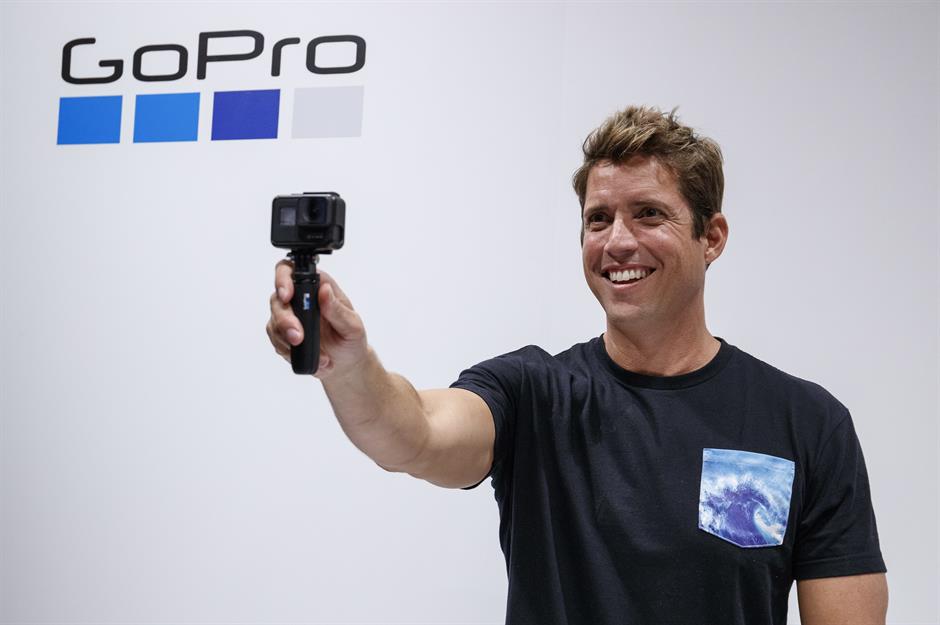
Nick Woodman dreamed up the idea of the GoPro camera after a surf trip to Australia and Indonesia in 2001. He needed a camera to document his trip, and strapped one to his arm. But Woodman soon realised that he had to make the camera, its casing and the strap all in one, so knocked up a prototype using his mother's sewing machine and a drill. GoPro is now the world's leading action camera brand, selling 11 million units in 2017 alone.
Denise Coates
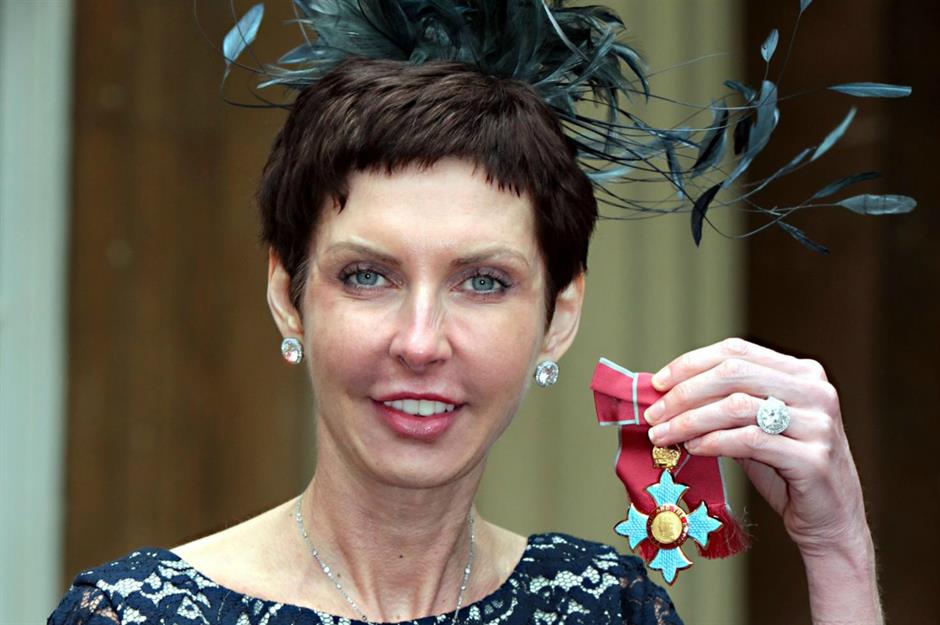
Ben Silbermann

Garrett Camp
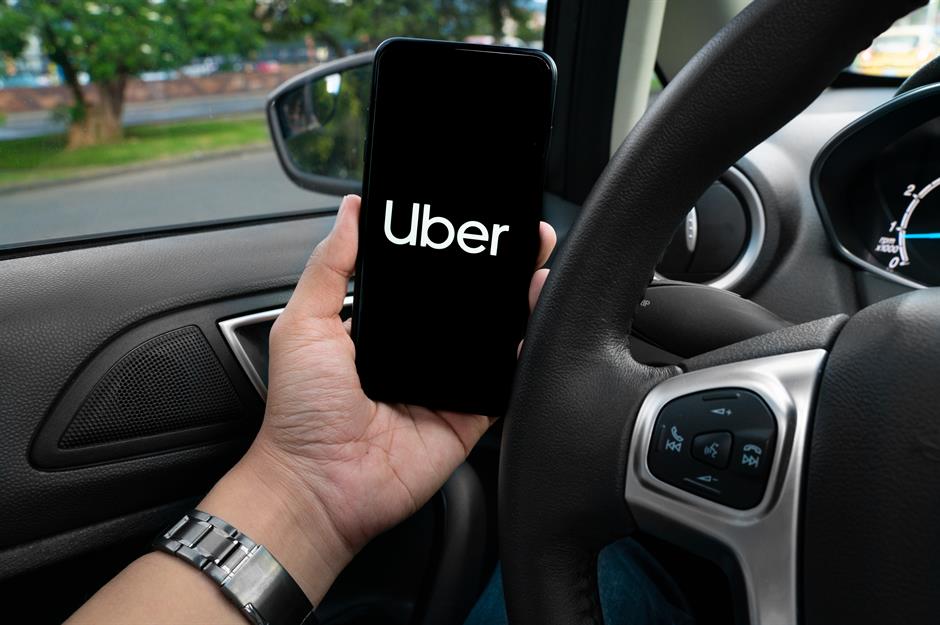
Martha Stewart
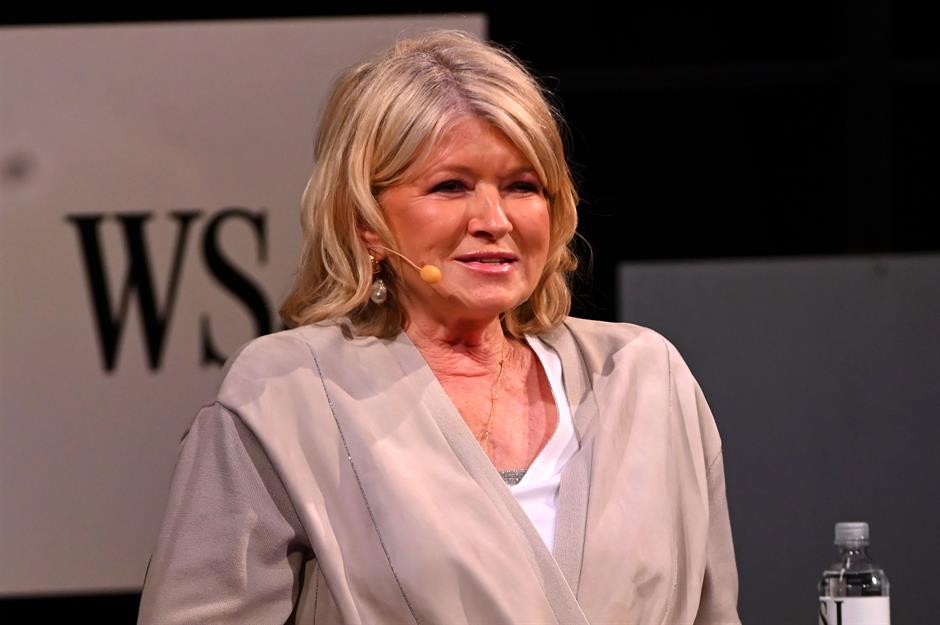
Martha Stewart worked as a model and stockbroker before becoming a lifestyle guru, writer and TV personality. She set up a catering company and in 1982 landed a gig at New York's Folk Art Museum. Stewart livened things up by bringing in her own chickens and hay bales in and "people went nuts over that", she later said. She realised people wanted the country brought to the city, and the city brought to the country, and eventually went on to set-up Martha Stewart Living.
Bill Gates
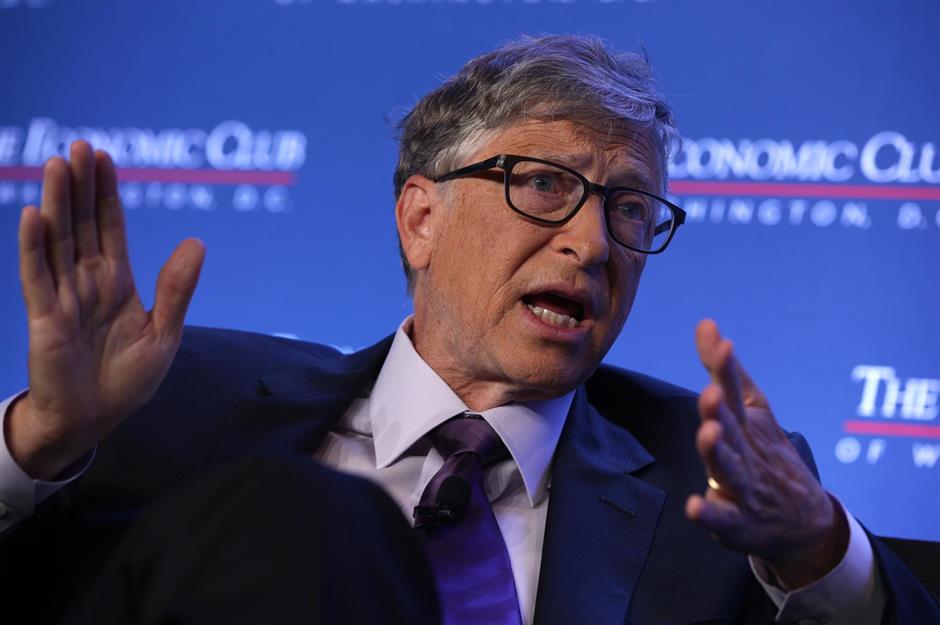
Computing behemoth Microsoft was born, under the original name of Micro-soft, in 1975 after Bill Gates was shown a copy of Popular Electronics magazine by his friend Paul Allen. Inspired by the January edition featuring an Altair 8800 mini-computer kit, the pair went on to write a version of the BASIC programming language to run on the Altair and the rest is history. Later in his career, Gates turned his focus to philanthropy through the Gates Foundation after an emotional visit to a tuberculosis hospital in Africa.
Bill Gates predicts the next 10 world-changing breakthroughs
Comments
Be the first to comment
Do you want to comment on this article? You need to be signed in for this feature